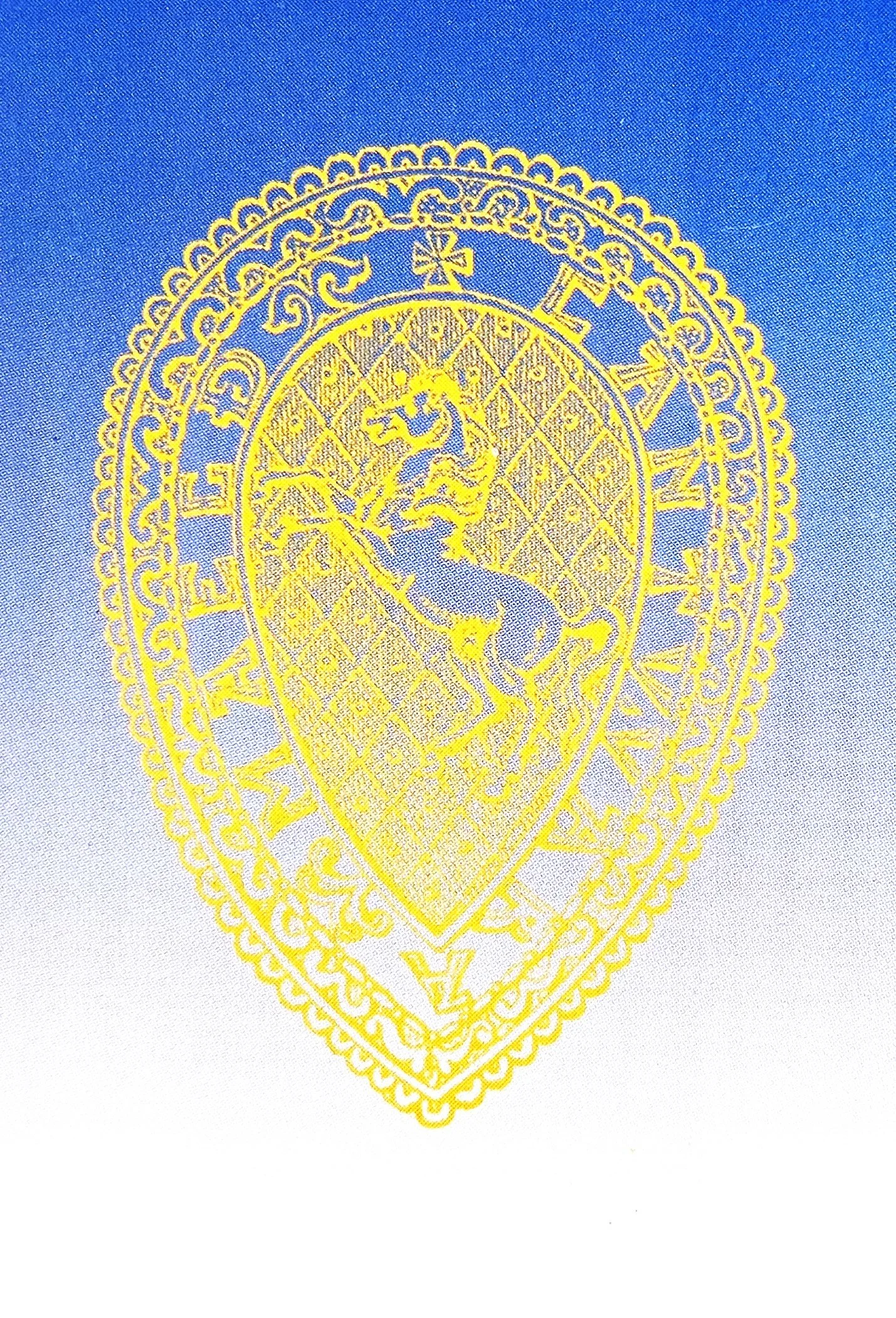
KAS Newsletter, Issue 65, Summer 2005
Contributions to the next issue are welcome. See the guidance for contributors and contact Editor Craig Campbell.
Search page
Search within this page here, search the collection page or search the website.
Victoria County History Project
Tothill Street
Adrian Gollop, Canterbury Archaeological Trust and Simon Mason, Principal Archaeology Officer, Heritage Conservation, Kent County Council, 2005, KAS Newsletter, Issue 65 (Summer 2005). Maidstone: Kent Archaeological Society.
Adrian Gollop, Canterbury Archaeological Trust and Aimi Watson, Principal Archaeology Officer, Heritage Conservation, Kent County Council, 2005, KAS Newsletter, Issue 65 (Summer 2005). Maidstone: Kent Archaeological Society.
Andrew Richardson, 2005, KAS Newsletter, Issue 65 (Summer 2005). Maidstone: Kent Archaeological Society.
Emma Boast, 2005, KAS Newsletter, Issue 65 (Summer 2005). Maidstone: Kent Archaeological Society.
Lyn Palmer, editor, 2005, KAS Newsletter, Issue 65 (Summer 2005). Maidstone: Kent Archaeological Society.
Andy Manning, Wessex Archaeology, 2005, KAS Newsletter, Issue 65 (Summer 2005). Maidstone: Kent Archaeological Society.












